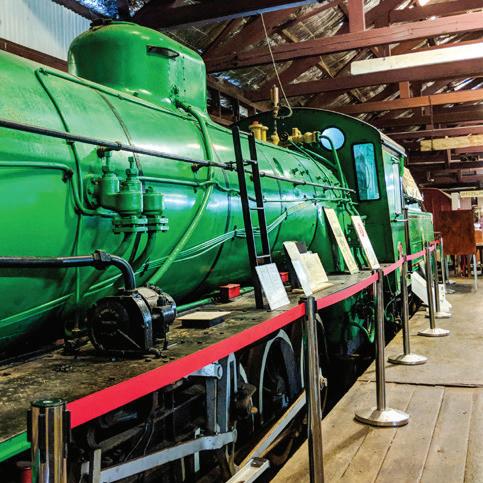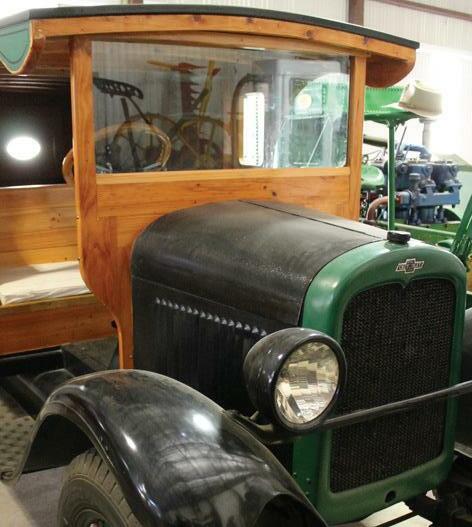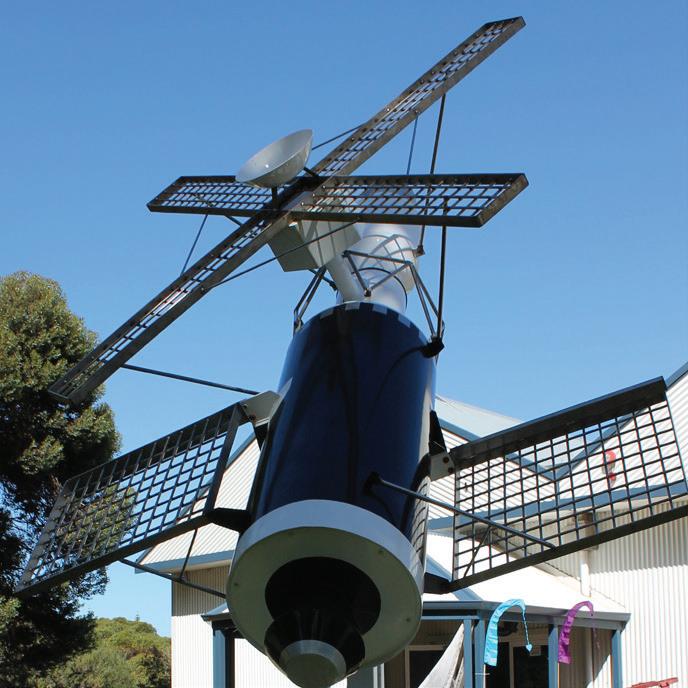
5 minute read
Our history & Culture From past to present
Nyungar Boodja
The Wudjari Nyungar People are the traditional custodians of the Esperance region. There is evidence of their presence that dates back to 13,500 years ago within Cape Le Grand National Park.
European ExploreRs
French navigator, Antoine Raymond Joseph de Bruni d’Entrecasteaux, is credited as the first European to arrive in Esperance, when his two ships took shelter near Observatory Island during a wild storm in 1792. The town was named after one of the French ships, L’Esperance, which is French for “hope”.
In 1802 British navigator Matthew Flinders sailed through the Recherche Archipelago and named several landmarks, including Lucky Bay. In 1841 Edward John Eyre and Aboriginal guide Wylie, met Captain Rossiter on their epic journey from Adelaide. Wylie Bay was named by Edward Eyre in honour of his local guide.
Settlement
Settlement in Esperance did not occur until 1864, when the pioneering Dempster Brothers made the lengthy journey from Northam on foot. With the assistance of Aboriginal guides they arrived to the area with over 3,000 head of stock including sheep, cattle and horses, to establish the Esperance Bay Pastoral Station. In 1876 famous tracker and guide, Tommy Windich accompanied John Forrest on an expedition constructing the overland telegraph line from Perth to Adelaide. While in Esperance he developed pneumonia which led to his death in February 1876. He was buried on the edge of the Esperance Bay. The Tommy Windich Cultural Precinct, located at the entrance of Southern Ports is a memorial at the what is thought to be the original site of Tommy’s grave.
Population Growth
The Esperance townsite was formally gazetted in 1893 after the discovery of gold in the Eastern Goldfields. Seemingly overnight, the little town experienced an incredible transformation as fortune seekers from all over Australia and around the world flooded the once sleepy little port on their way to the Goldfields.
In September of 1895 Esperance was declared a municipality. It wasn’t until the 1960s that the Esperance sand-plain began to emerge as a major agricultural region. The rise of agriculture as a key industry led to population increase and eventually the construct of the Esperance Port Authority in 1962, which furthered the diversification of the local economy.
The town of Esperance now has a population of approx. 14,000 people, boasting key industries such as tourism, agriculture, mining and fishing.
Esperance Museum

The Esperance Museum is located in the centre of town on James Street. Esperance has a rich maritime history and many of the exhibits feature this key part of the town’s past, including the Esperance Museum building itself and the Goods Shed which was once an integral part of the local shipping industry.
Among the displays are artefacts from nearby shipwrecks, including the famous
Sanko Harvest, and relics from the transient whaling and sealing industries that pre- dated European settlement.
Our early settlers left behind many reminders of their lives and livelihoods, and the Esperance Museum proudly showcases an impressive collection of vintage vehicles and machinery, early agricultural implements, furnishings, glassware and other invaluable memorabilia. Relive the charm of Esperance in the 19th century in the Pioneers Display and experience a glimpse into life as a settler.




Among many crowning jewels in the Esperance Museum collection are displays showing NASA’s space station ‘Skylab’ which crashed to earth nearby in 1979, an extensive collection of stunning local art pieces, a former pilot boat that once served the Esperance Port and countless more treasures waiting for you to discover.
The Museum Village
Wander through the fascinating collection of historical buildings that make the Museum Village on Dempster Street. Nowadays they house a cafe, craft shops, artist’s galleries, retail stores and the Esperance Visitor Centre.
Esperance Visitor Centre
The Visitor Centre was constructed and opened in 1983-84 as a purpose-built tourist bureau.
Police Sergeant’s Quarters
This building was built in 1927 as the Police Sergeant’s Quarters. In 1986 the old Sergeant’s Quarters were moved to the Museum Village as a new Sergeant’s house was built, the Police Station enlarged, and a new Crown Court of Law added.
Old Hospital Building
In 1896 the local population formed a vocal and instrumental group which petitioned the need for a town hospital. This led to a hospital being built on Hicks Street, later the original building was bought and relocated by Mr Baird to William Street and used as a BnB. It is the latest addition the Museum Village, moved in 2009.
Chemist Shop
Originally built sometime in the 1930s as a newsagent, ownership changed numerous times before it housed Esperance’s first qualified chemist, Mr Jack Stewart. The building remained as a chemist until the 1970s when it was retired to the Museum Village.
Methodist Church
This quaint building was originally built in 1895. Originally built on Dempster Street, the church was moved twice before coming to the Museum Village in 1979.
Salmon Gums School
The original building was the school room at the Princess Royal Mine in the Norseman Goldfields. In 1916 it was transferred to Norseman as the primary school, before the Salmon Gums community acquired it as their first school from 1928. By 1972 it was relocated the building again to the Museum Village.
Old Courthouse
Officially opened in June 1896, this building was constructed for the Esperance Shire as Council Chambers and was located in Andrew Street. In 1898 the building became the official Courthouse, which it remained until 1967 when a new courthouse was erected in Dempster Street. 1975 combined service clubs in Esperance worked to stabilize the old building in order to move it to its new home here at the Museum Village.
Hospital Matron’s Quarters
After servicing the Wellard area as a hospital, this building was removed and re-erected in Esperance in 1930. The Esperance hospital was officially opened in this year and this building served as the matron’s quarters in the hospital grounds. After being used for physiotherapy and pathology during its life, it was added to the Museum Village in 1983.
Doctors Surgery
First built in 1900, the Daw family moved this building from Red Lake where it had been a store. It was transported down to Esperance in the late 1940s and established as an office. Later it used by Dr Tom Burcher as his surgery until 1973. It was not occupied again until it was moved to the Museum Village.
Sinclair House
From all reports “Sinclair House” started out at the turn of the century as part of a large dormitory-style building, housing Mr. Bill Gibson and his family in William Street. His daughter then bought the home after his death and later sold to Mr. Frank Dunn, who deciding the building was by far too large, sold half to Mr. Les Sinclair who lived there with his sister Ethel after moving it to Dempster Street. It was then home to Ethel and her husband Roy for all their married life. Sometime after the couple had passed away, their son Neil made the gracious gift of “Sinclair House” to the Museum Village.
School Master’s House
This building has had many purposes, firstly to house the schoolmasters since 1940, later it was purchased by the Esperance Shire Council to house employees. In 1978 it was acquired as a centre for aged people to meet for social activities, but in 1980 the building was vacated, and in 1983 the Esperance Shire Council moved it to the Museum Village.











